Red Witch unveils the Opia Fuzz and Xenia Overdrive Engine
Two super-compact dirt options to cast a spell on your pedalboard and ideal for those tired of tweaking
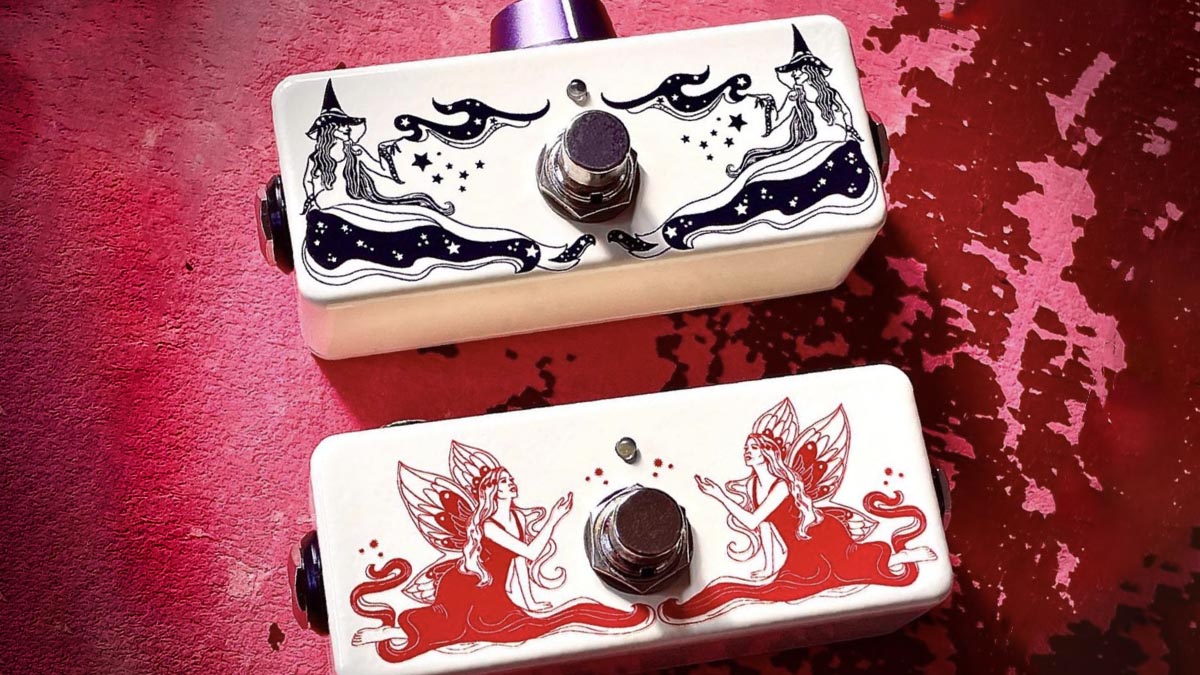
Red Witch Pedals has released a couple of dirt boxes for those sick of twiddling dials in search of a usable electric guitar tones – a big move for a company who brought us the “the most dial-able fuzz on the planet“ only last year.
The Xenia Overdrive Engine and Opia Fuzz Engine pare the concept of the stompbox down to the essentials, offering super-simple overdrive and fuzz pedal options for your pedalboard.
Both arrive in mini metal enclosures painted cream with typically witchy and pagan art on the front – purple design for Xenia, red for Opia – and these siblings are designed to be more versatile than their no-fuss format might suggest.
Let’s look at the Xenia Overdrive Engine. It, at least, has a control to speak of, a single, side-mounted dial to set the preamp gain, and one footswitch to engage or bypass the effect. No need for a manual or YouTube tutorial. And no presets either.
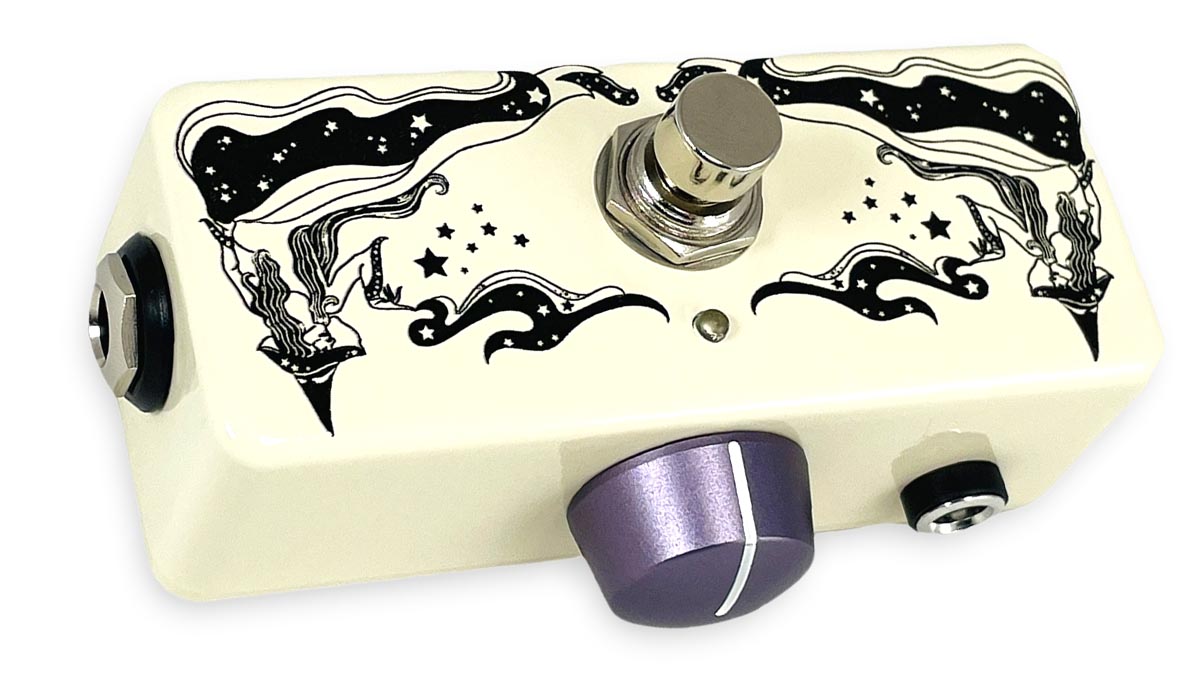
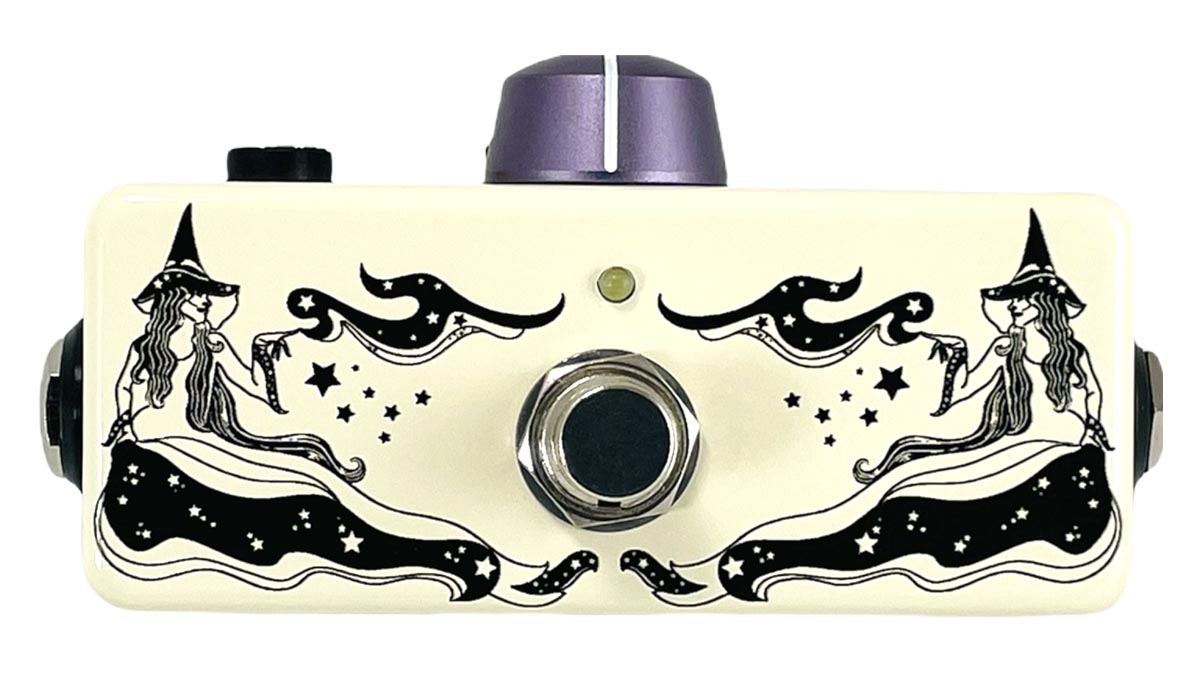
But via this single control, Red Witch promises a huge sweep of gain and an abundance of juicy, musical drive. Set it low to add a bit of warmth to your sound, then dial in a little hair for a bit of grit for blues and blues-rock.
But as you crank it to its mid-point, the Xenia yields an amp-like classic rock tone based on “the greatest British fire-breathers of the last century”, with crunchy metal guaranteed at the end of the knob’s travel. Neat.
There is an internal trimpot for adjusting the master volume – the sort of thing you adjust once and leave it.
Get the MusicRadar Newsletter
Want all the hottest music and gear news, reviews, deals, features and more, direct to your inbox? Sign up here.
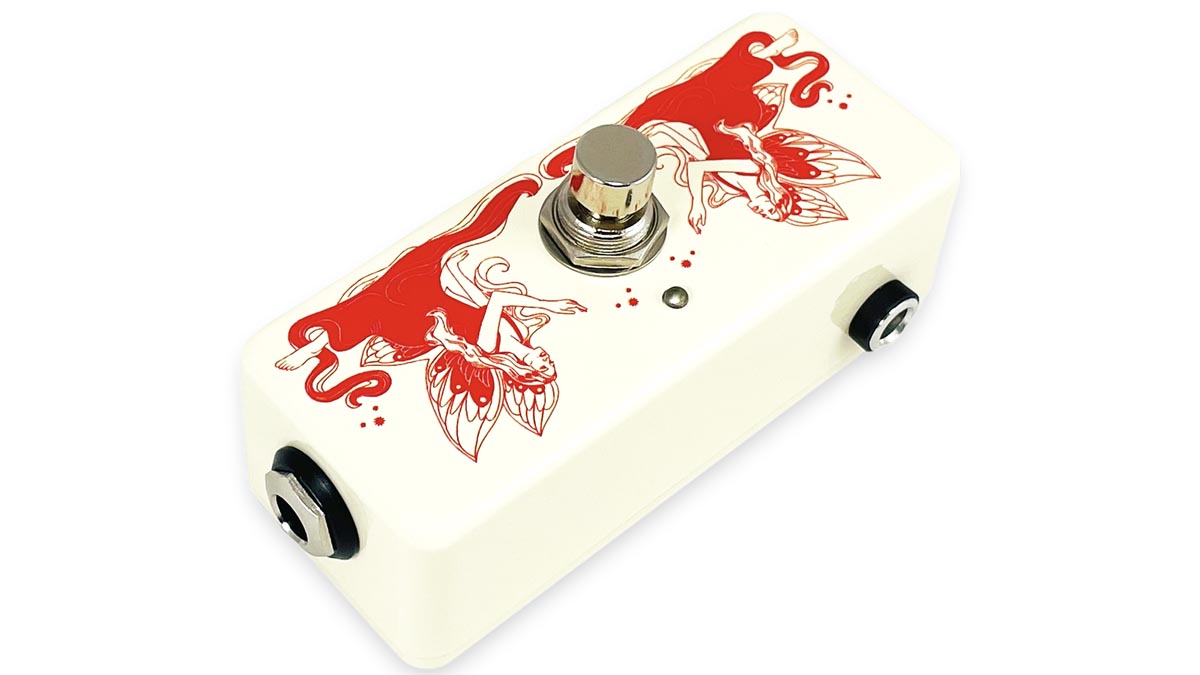
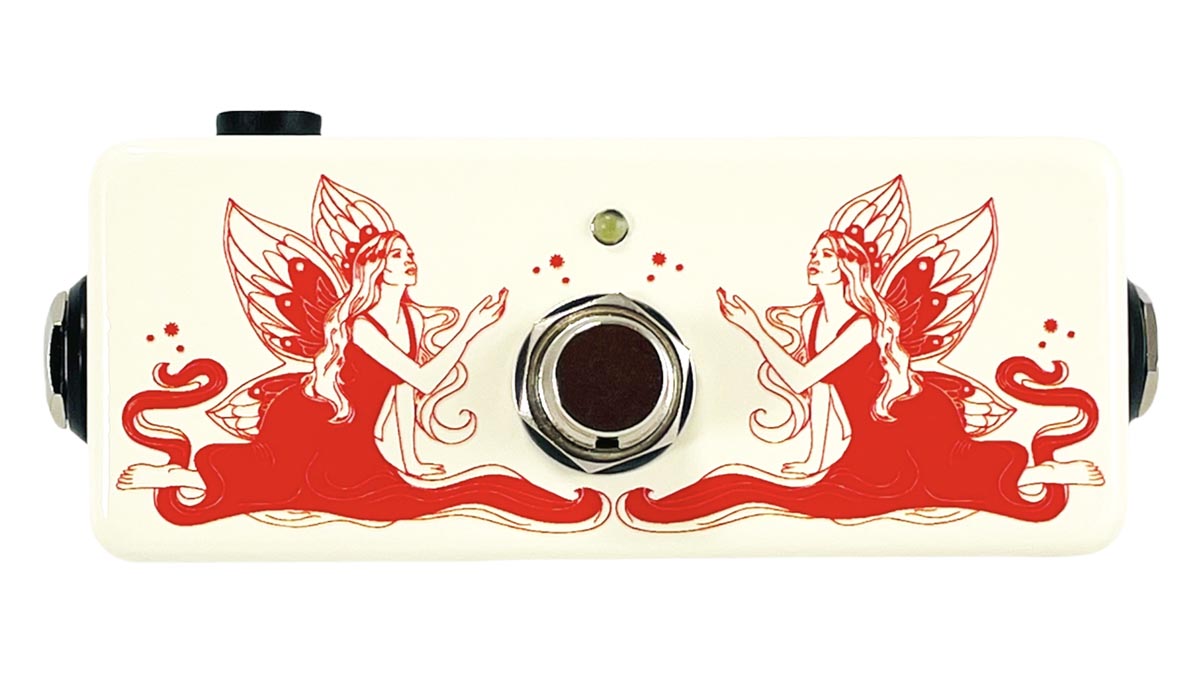
As for the Opia, you’ve got a footswitch and that’s that. Red Witch describes it as “a romantic getaway between your guitar and your fuzz tone”, clearly designing this unit for players who like to crank a guitar amp loud and jockey their guitar’s volume control to adjust the gain.
To accommodate that playing style, the Opia has a dynamic, touch-sensitive circuit, comprising dual silicon transistors, and there are two internal trimpots for fine tuning your fuzz and for output volume – a set-and-forget deal.
Both pedals are true bypass, hand-signed and numbered, and will draw 15mA of current. The Xenia is the heavier of the two but at 145gm it is barely a paperweight. That extra mass perhaps owing to its machined aluminium dial.
The Xenia and Opia are priced $149 and are available direct from Red Witch Pedals, where there is presently a range of Black Friday music deals, with 10 per cent off when you spend over $140, 15 per cent off orders over $200, and 20 per cent off orders over $290.
Jonathan Horsley has been writing about guitars and guitar culture since 2005, playing them since 1990, and regularly contributes to MusicRadar, Total Guitar and Guitar World. He uses Jazz III nylon picks, 10s during the week, 9s at the weekend, and shamefully still struggles with rhythm figure one of Van Halen’s Panama.
“For guitarists who crave an unrelenting, aggressive tone that stands out in any mix”: The Fortin Meshuggah head is the amp every metal player wants – now you can get its crushing tones in a pedal
“A fully playable electro-mechanical synth voice that tracks the pitch of your playing in real time”: Gamechanger Audio unveils the Motor Pedal – a real synth pedal with a “multi-modal gas pedal”










